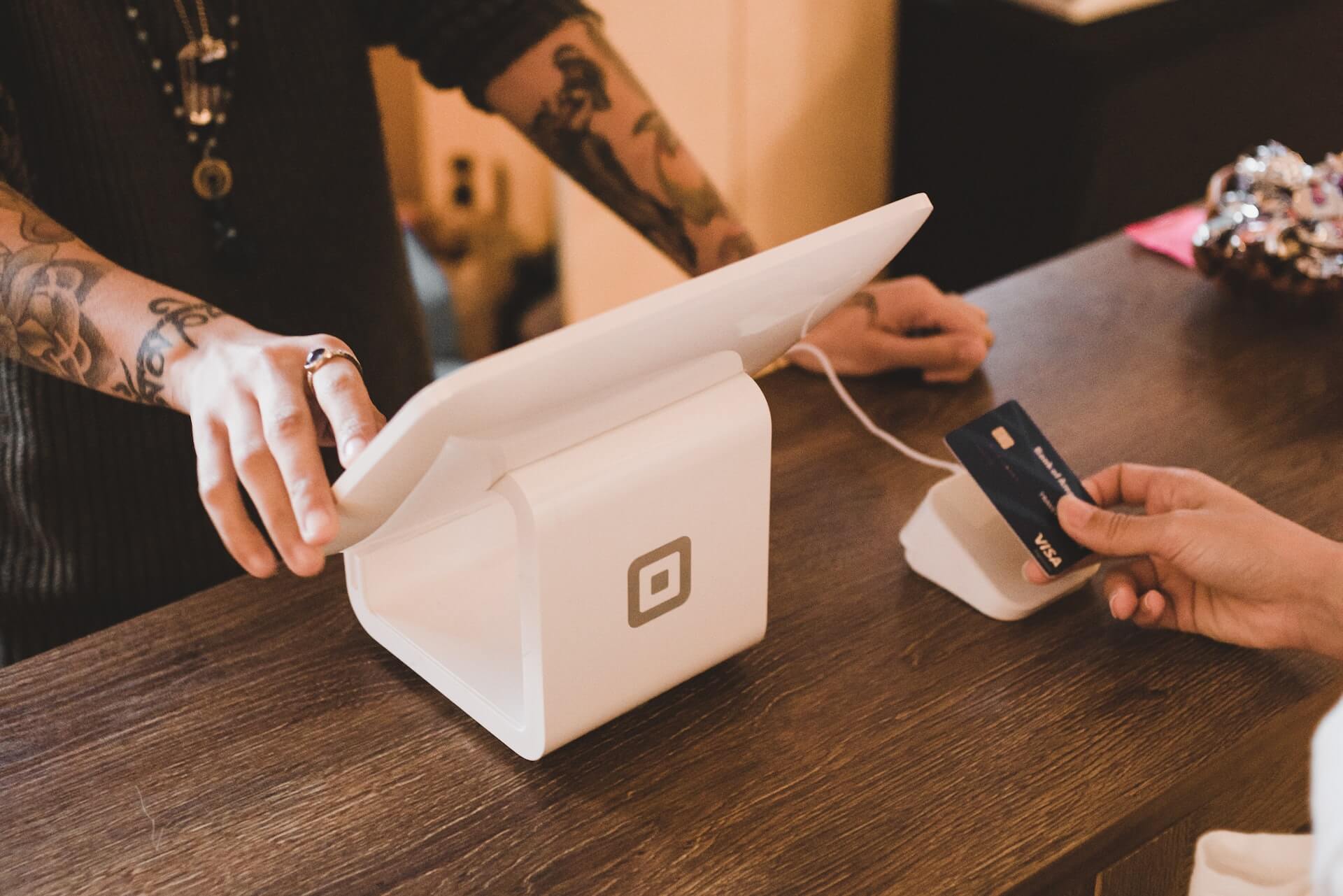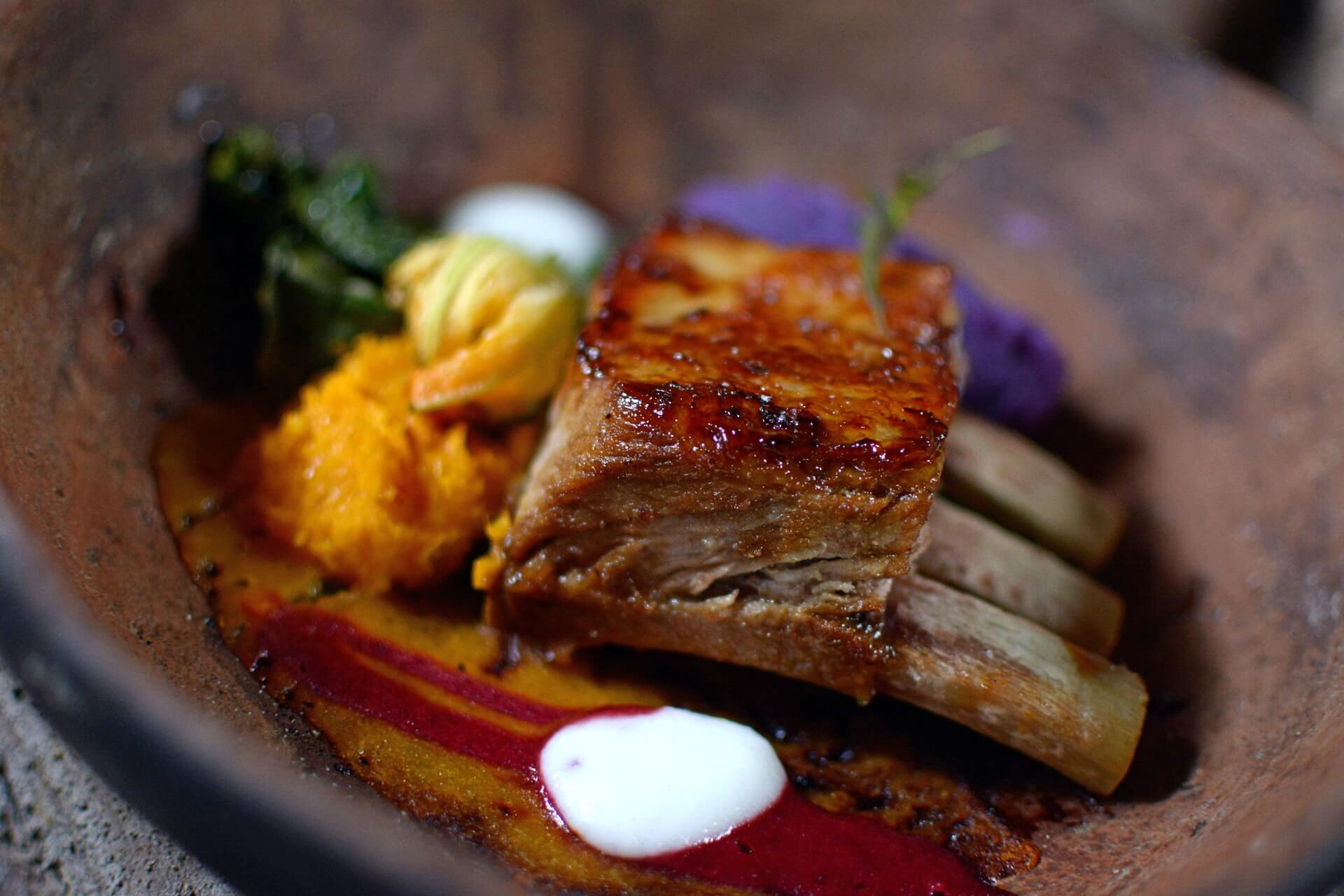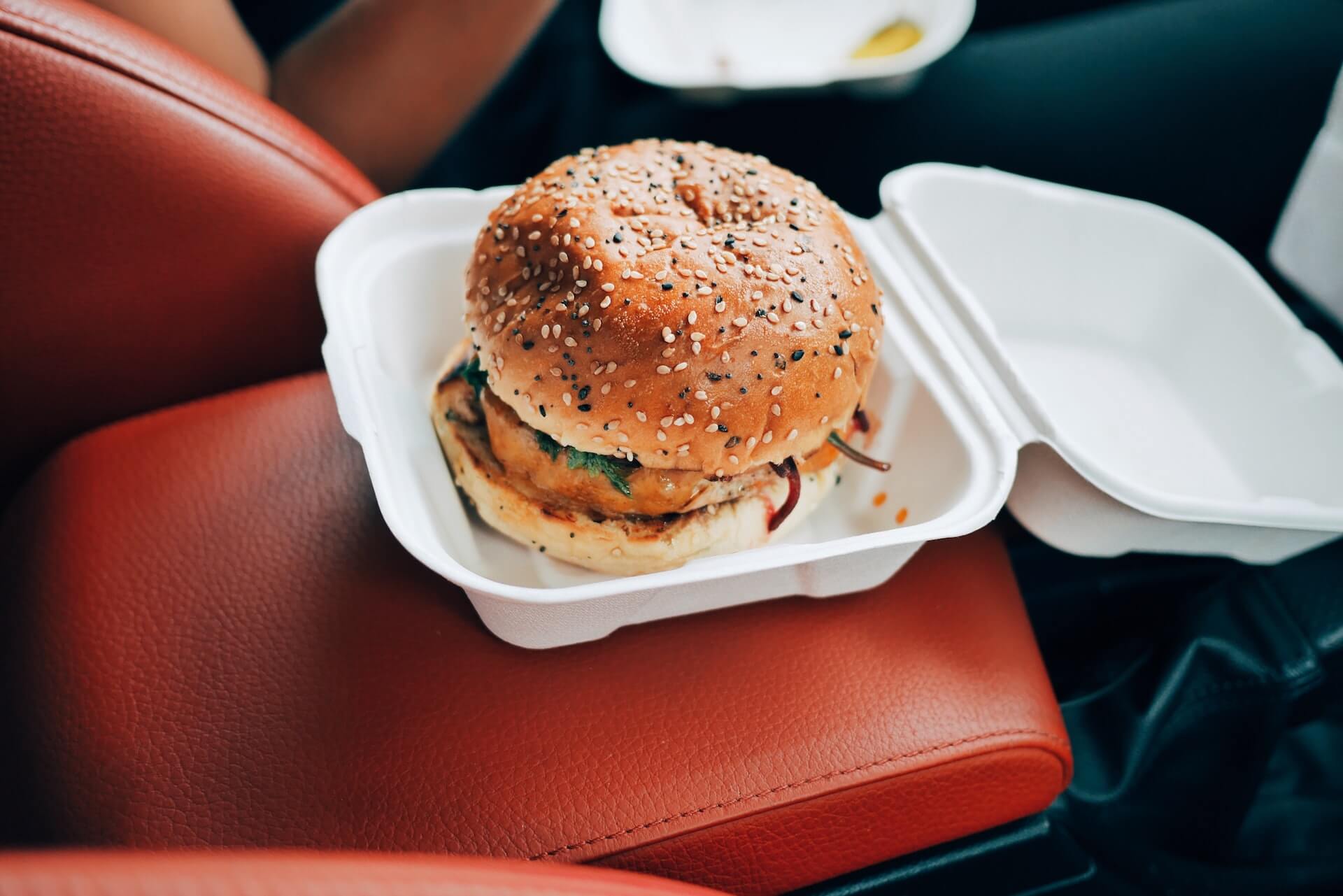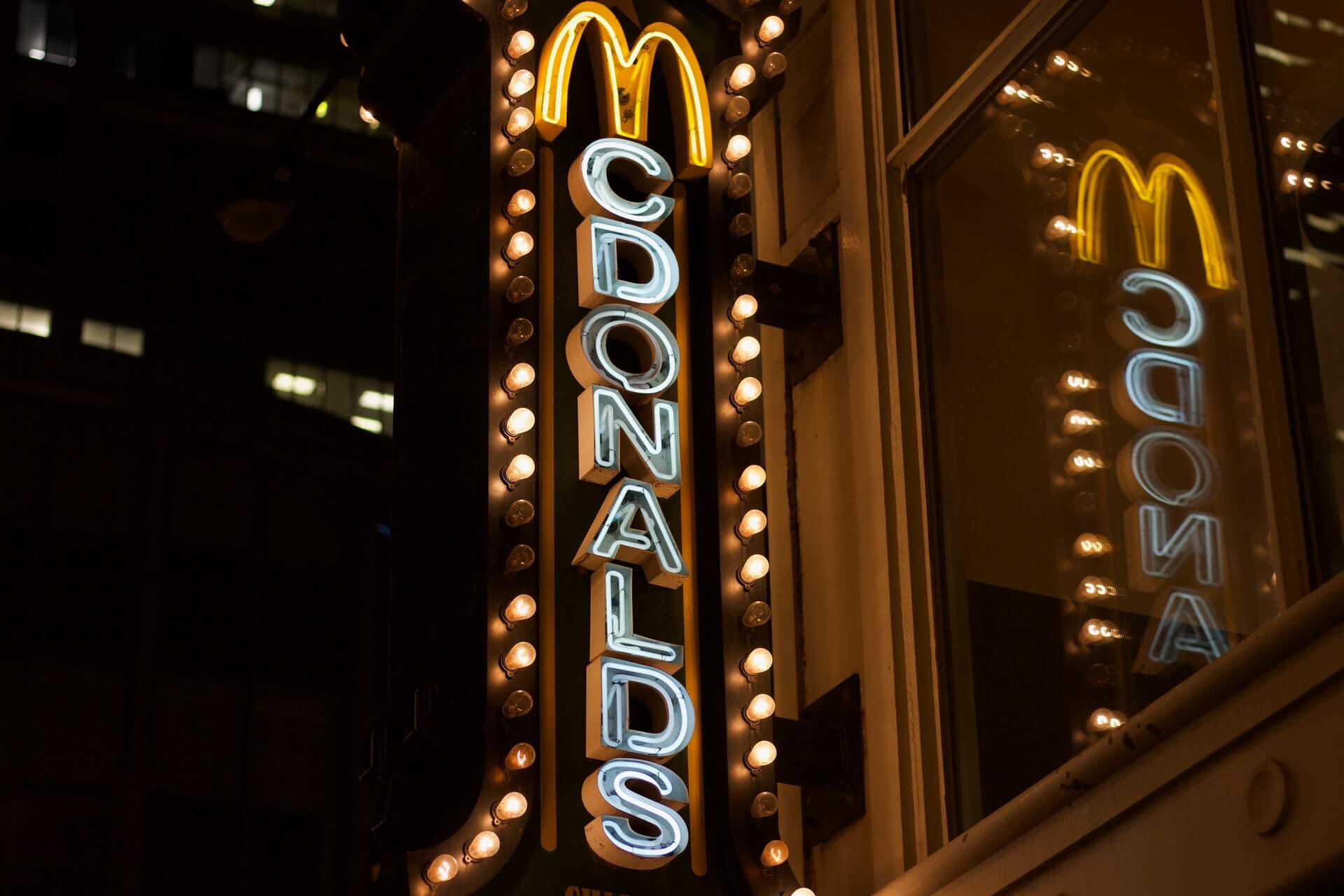The National Restaurant Association’s 2023 Culinary Trend Forecast
by David Klemt
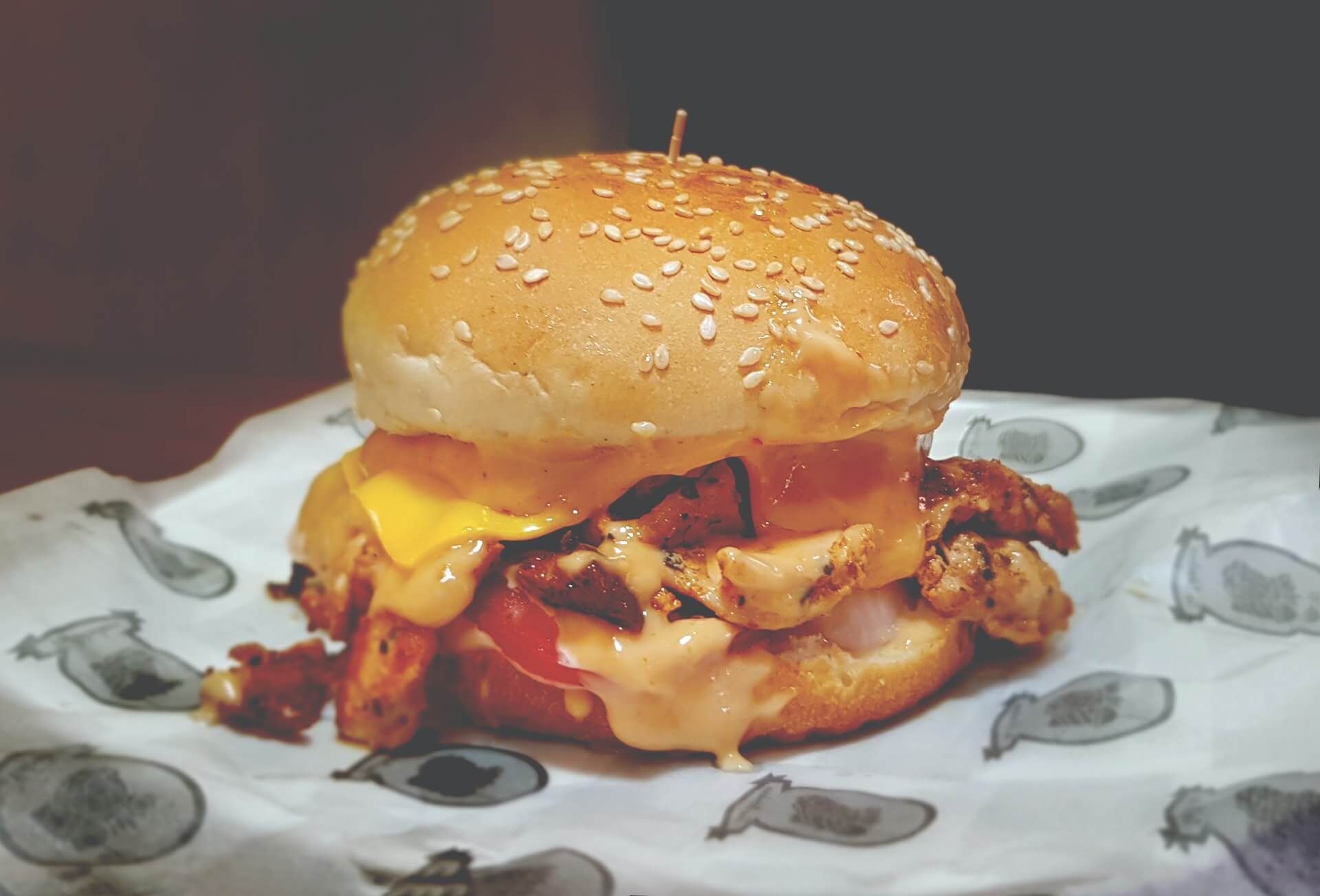
Ahead of the beginning of a new year, the National Restaurant Association unveils their culinary trend predictions for 2023.
The report is the result of a collaboration between the NRA, Technomic, and the American Culinary Federation (ACF).
For those unfamiliar, Technomic is at the forefront of foodservice trend tracking, industry research, and analysis. Likewise, the ACF is a premier industry organization. Tracing its founding to 1929, the ACF promotes “the professional image of American chefs worldwide through education of culinarians at all levels.”
To predict what will be “hot” next year, the NRA, Technomic, and ACF sent the 17th annual What’s Hot survey to thought leaders and chefs. In direct partnership with the Technomic Menu Research & Insights Division, the NRA predicted the top menu trends from 110 items spanning 11 categories.
Now, this isn’t a full dive into the report in its entirety. Rather, we strongly encourage our readers to download a copy of What’s Hot 2023 Culinary Forecast for themselves and their teams.
What readers will find below are the top 10 trends for 2023. Additionally, we’ll share the top three macro trends for next year, as forecast by the NRA and their partners.
More than Food
Somewhat surprisingly, the NRA’s top-ten list of culinary trends isn’t just a list of food items. Instead, this forecast paints a picture of where restaurants are heading in 2023.
While there are some specific cuisine predictions, the NRA’s top culinary predictions show us, in part, how consumers want to experience the restaurants they visit.
- Southeast Asian cuisines (examples: Vietnamese, Singaporean)
- Zero waste/Sustainability/Upcycled foods
- Globally inspired salads
- Sriracha variations
- Menu streamlining
- Flatbread sandwiches/Healthier wraps
- Comfort fare
- Charcuterie boards
- Fried chicken sandwiches and Chicken sandwiches “3.0” (example: fusion of flavors)
- Experiences/Local culture and community
As we can see, operators and consumers expect tighter, more concept-specific menus. Also, comfort foods; shareable (and “Instagrammable”) items like charcuterie boards; and items that show local and global influences may be hot in 2023.
One can consider, then, streamlining their menu to include their top sellers along with local and/or global flavors authentic to their brand.
Below, readers will see that three of the trends above make up the NRA’s top-three 2023 macro trends:
- Menu streamlining
- Comfort fare
- Experiences/Local culture and community
Operator and Consumer Behavioral Shifts
Looking at the macro trends, it’s reasonable to believe the past few years will influence 2023 heavily.
Operators are dealing with inflation, higher costs for everything, labor shortages. Further, according to Datassential, more than a third of American operators are experiencing low traffic and sales levels.
We can expect these issues to follow us into 2023, at least for Q1 and Q2. Therefore, the NRA’s macro trends forecast makes sense. Streamlining menus often leads to streamlining the back and front of house. In turn, doing so can lower costs and boost staff retention.
On the consumer side, it appears comfort foods, chicken sandwiches, and experiences are driving visits and online orders. These are, as we all know, behavioral shifts we can trace back to the start of the pandemic.
We always suggest proceeding with caution, logic, and data when considering embracing trends. Missing out on trends can be just as costly as latching onto a trend too late.
That said, the macro trends certainly seem reasonable. Only time will tell, but the NRA’s 2023 forecast certainly contains several items operators and their teams should give serious consideration.
Image: Arabi Ishaque on Unsplash

